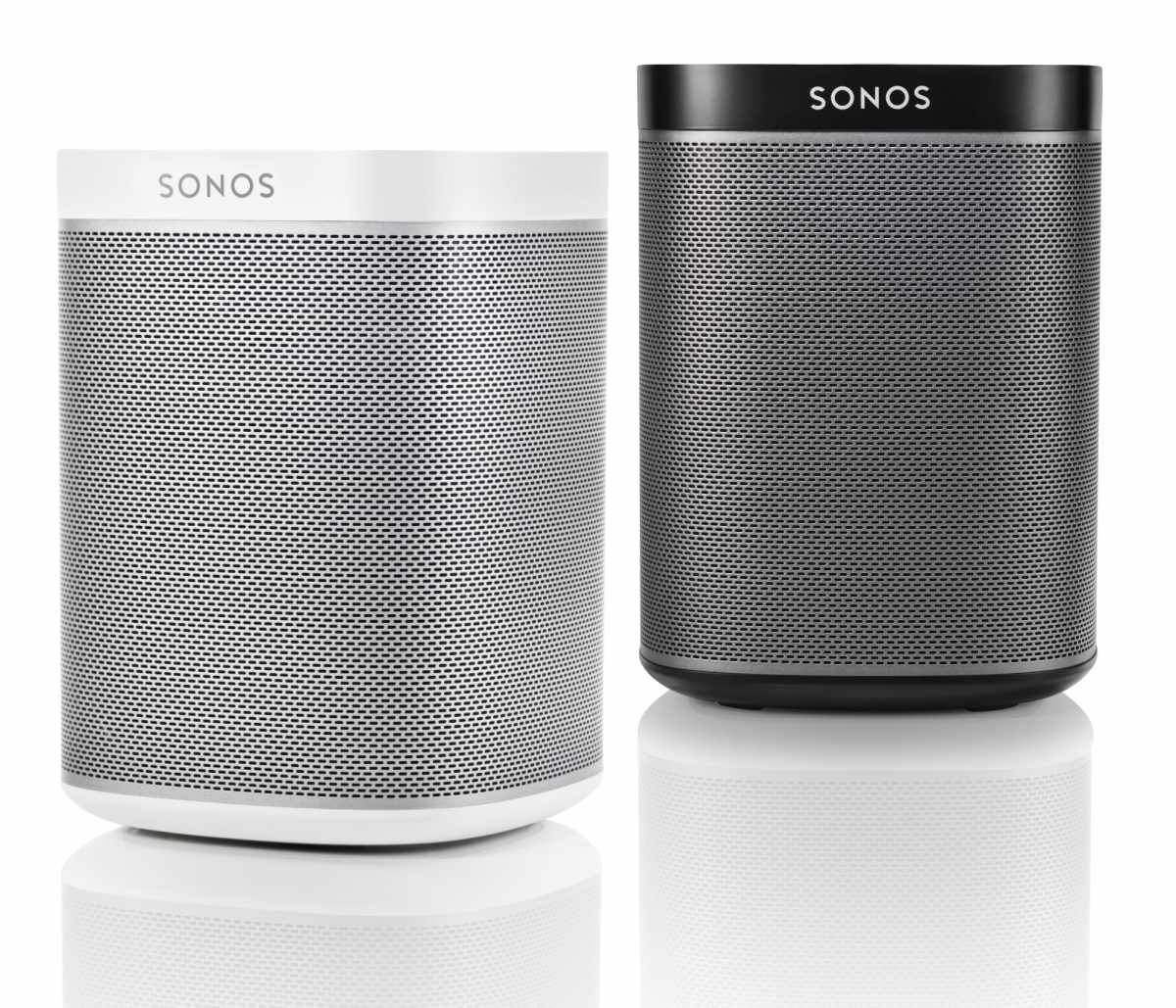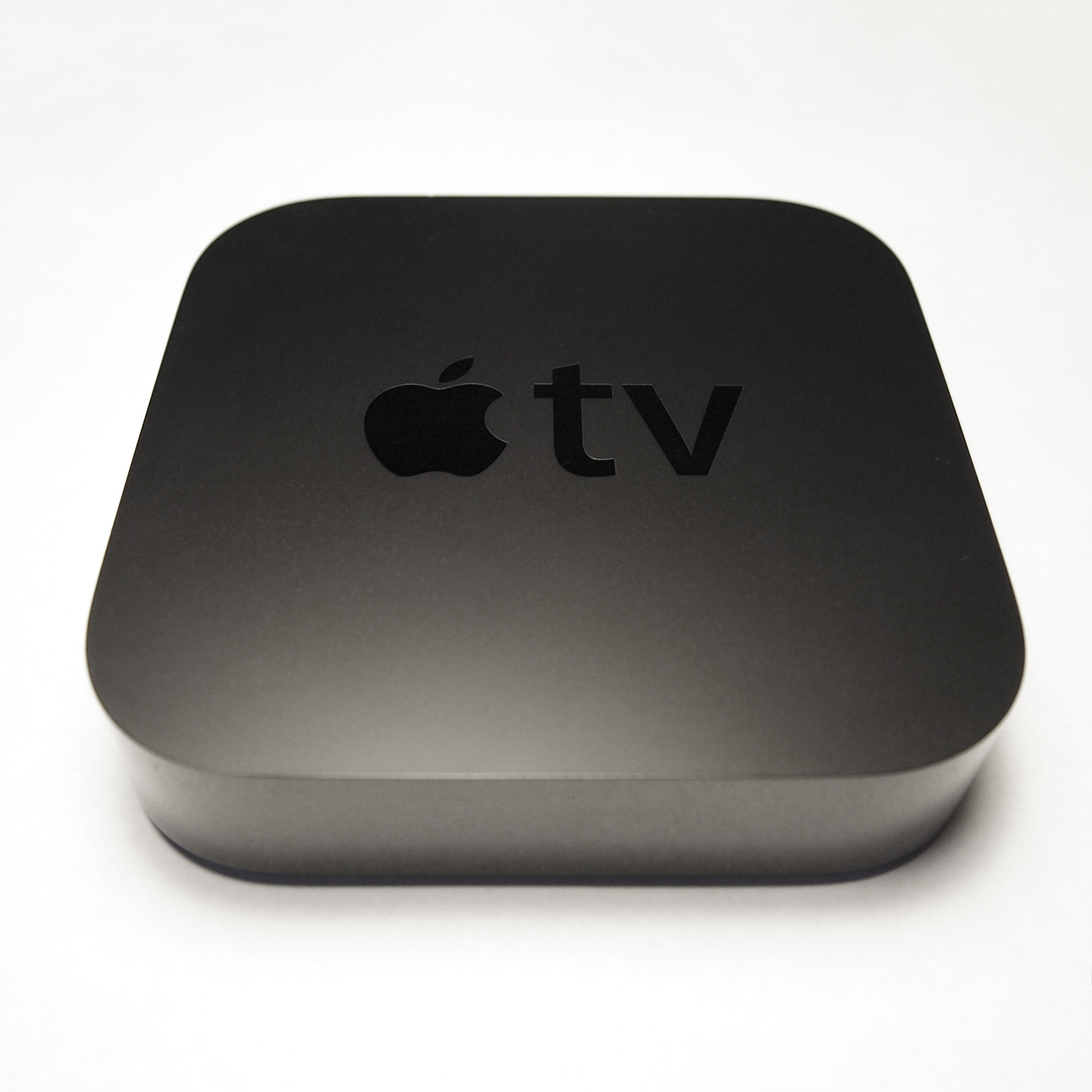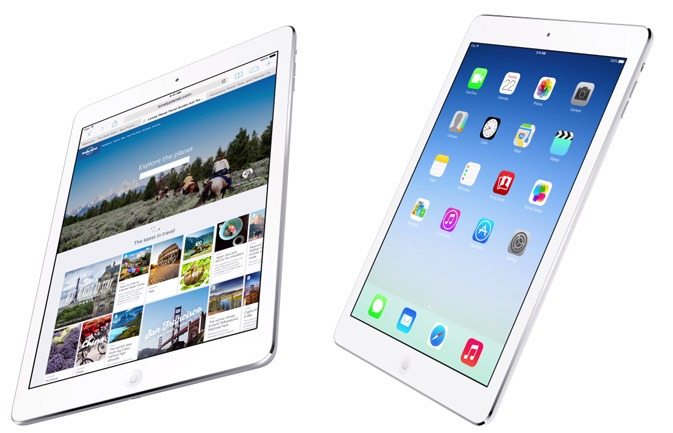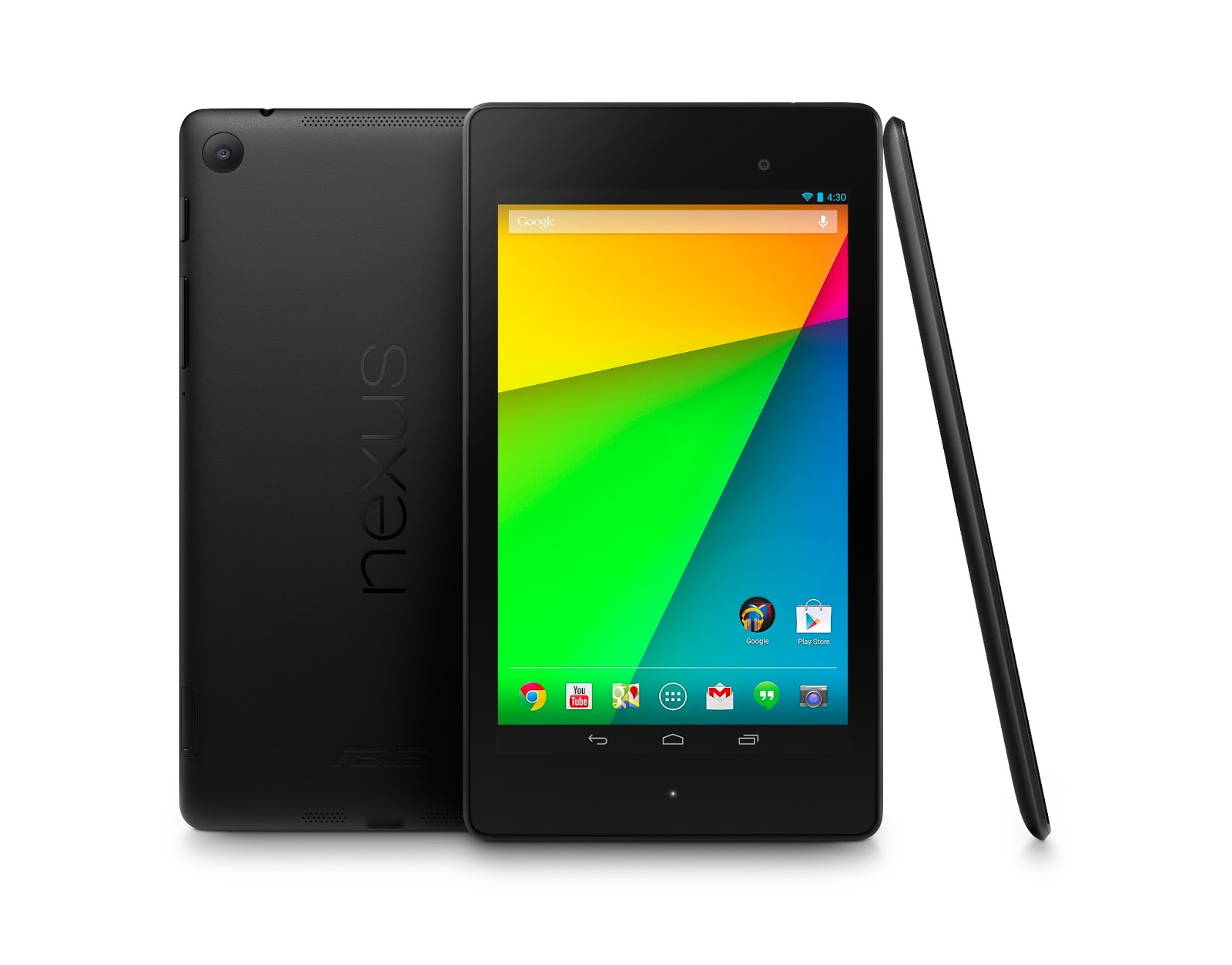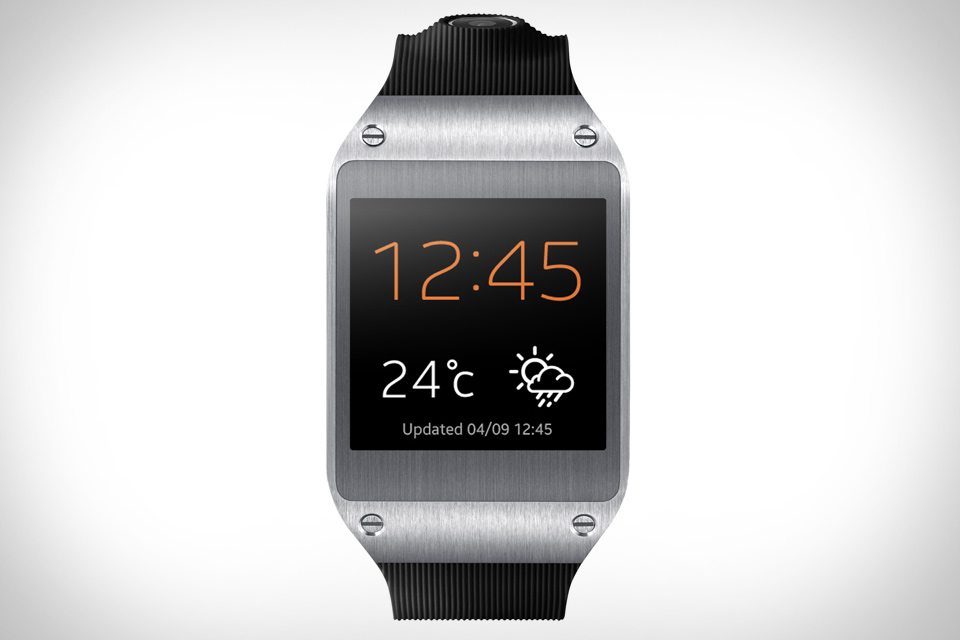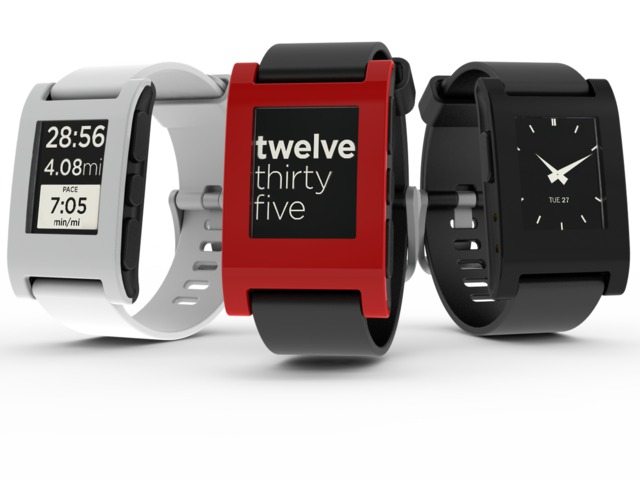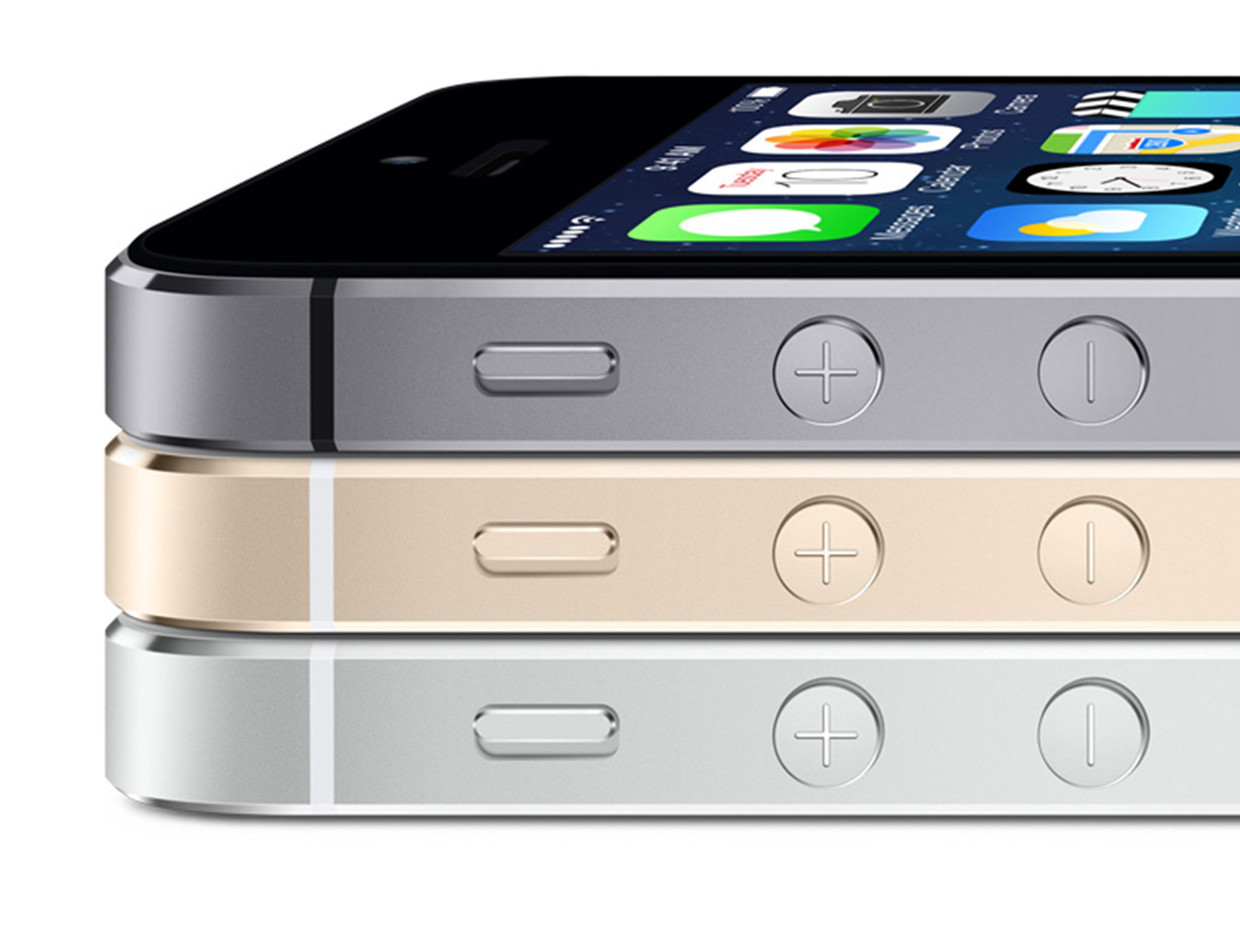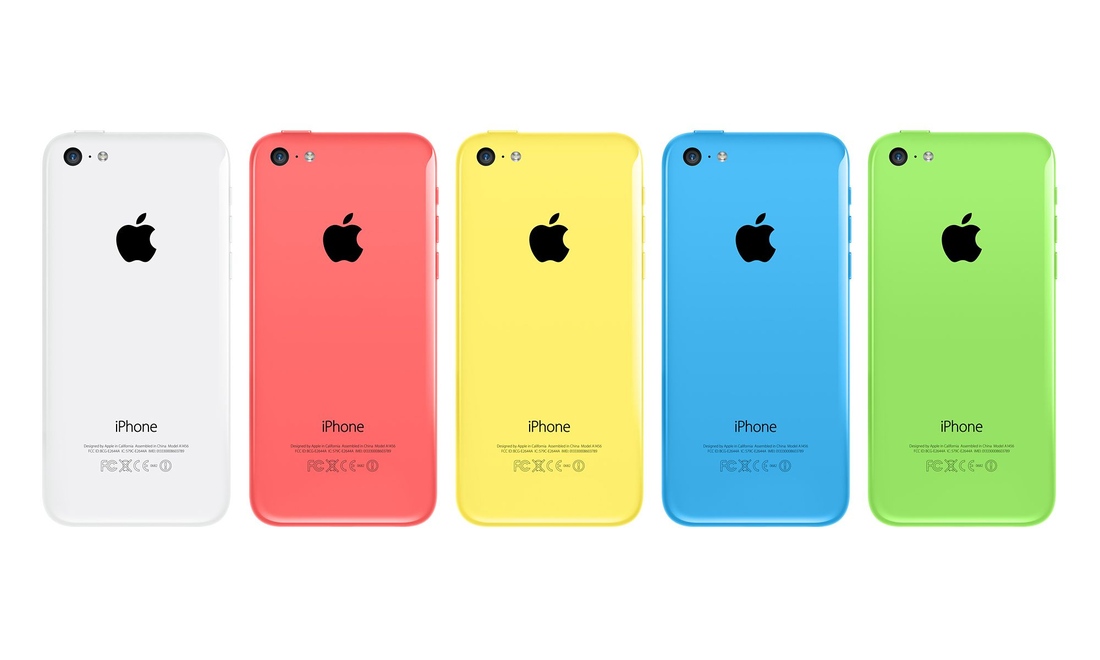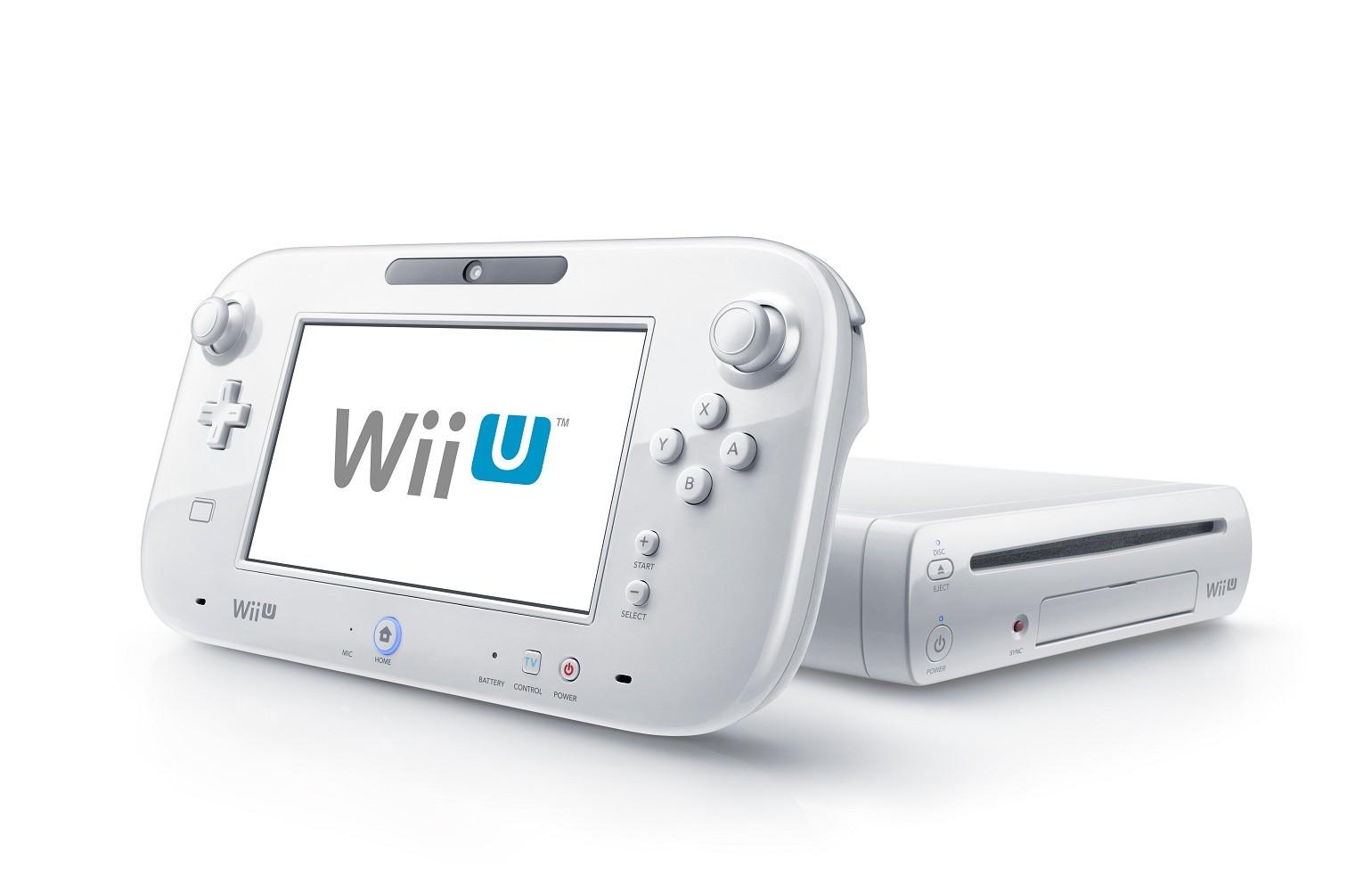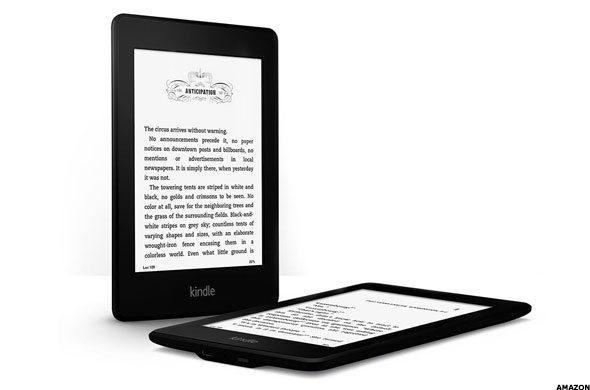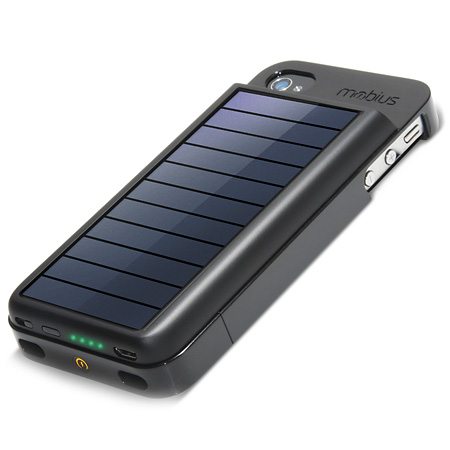As a film student in college, I often viewed my production-oriented classmates as tech-heads and gadget hounds. Tied up by electrical wires, I came up with sportive nicknames for them: the camera buff, the visual FX junkie, the techno-fetishist. To them, content and story were means to an end; it was the rush of copulating with metal that really seemed to agitate their senses.
I preferred theory to being on set. I never managed to obtain that tactile high; the current of electricity that shot through their veins whenever they plugged in a wire or pulled a strip of celluloid through a Steenbeck. With no less fervor, I enjoyed discussing the social implications of the latest film with my friends in the cinema studies department, who eschewed “making stuff” for the loftiness of deconstruction. The general gist was that detachment from the creative process – not sticking your hands in the primordial goo – offered you true objectivity.
The 3D Printshow, an annual four-day consumer-friendly event at Manhattan’s Metropolitan Pavilion, aims to satisfy the urges and convictions of both doers and deconstructionists. Three floors exhibited the various uses of plastic printing machines that ranged from the ornamental (3D printed jewelry) to the potentially life changing (bionic ears), and showed the advantages of the theoretical and the hands-on, with varying degrees of success.

Three-dimensional printing stands in relation, in theory and in practice, to the Maker movement, which has now become a part of international lexicon. Maker Faire, Make Magazine‘s festival, secured a place in the DIY parthenon back in 2006 with the first event in San Francisco. This 3D Printshow in particular was created in the UK by an intrepid Brit. The event has toured Paris and London. Even my boss, a self-identifying Neo Luddite in his 70s, uses the term in casual conversation.
Looking at the event as a whole, there is a valid tendency among certain circles to praise the potential of the radical elements and dispense with the more fanciful as the whimsy of business-minded Silicon Valley types with a fetish for fun fur. A recent article in The New Yorker pointedly called out the money crowd for overshadowing the innovators and placed Maker culture in a refreshing economic and social context. The event I attended offered an Elite Business Conference to understand how 3D printing could help corporations, as well as an Investor Session with plenty of opportunities to flash witty business card designs. But it also offered a live runway show of fashion designs that highlighted the conceptual over the commercial, green thumb student thesis projects, and a Medical and Planet Earth section, which focused on teams that use the printing process for ecological and medical innovation.

Permeating the show is a palpable respect for play. One exhibitor, Extreme Flyers, created a tiny remote-controlled helicopter with a built-in HD camera. I watched it glide through the air and weightlessly alight in the palm of my hand. As it hovered above the crowd I wondered what it would be like to make a film shot exclusively by a toy helicopter. For a moment, I found myself joining the crowd, jointly craning my neck in thrall of the beautiful plastic poetically trapped in mid-air.
In this instance, the event successfully married the techie with the conceptual, the politically and socially minded with the thrill of the hands-on. Makers “make” just for the fun of it, but seem all the better for it. It’s in the exciting stages of experimentation, error, and play that their ideas seemed best suited for refinement and further developments in advocacy. Perhaps that’s something we can all stand to benefit from – Neo Luddites and gadget hounds alike.













